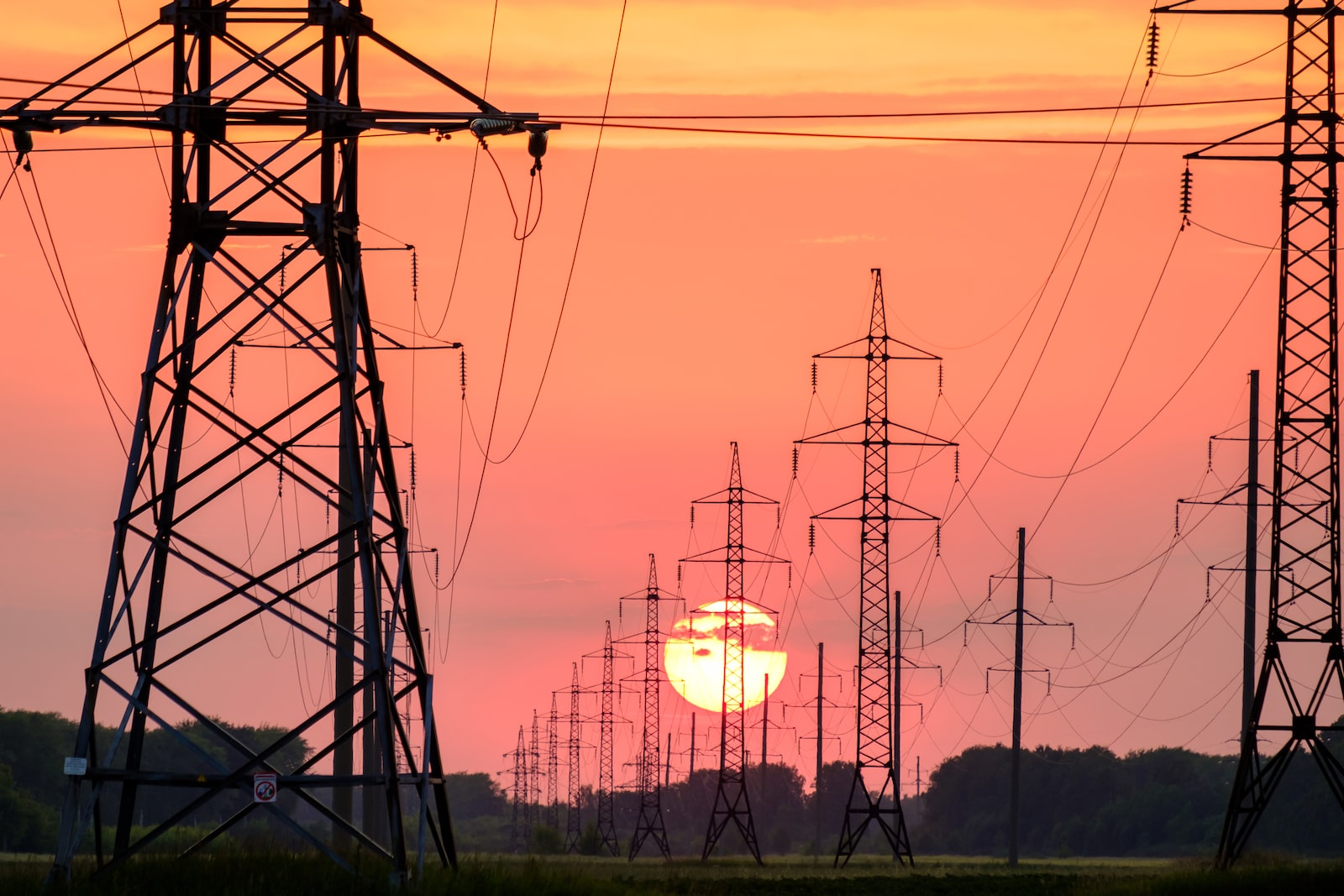This is an earlier set of questions I put to the Bureau of Meteorology about their homogenisation of weather records, back in May 2021.
Why is the Bureau making hundreds of millions of iterations to past weather observations? Why is the government wasting taxpayer dollars doing this? Is this to push a certain climate change narrative because the real measurements don’t support their lies?
Table 2 page 29 of the attached link below shows how much of the alleged increase in the temperature since 1910 has been fudged by the BOM. If you look at the mean temp from 1910, the fudged ACORN 2 figure of 0.123 over 10 decades equals 1.23 degrees which is 0.43 degrees hotter than ten decades of 0.08 or 0.8 degrees according to the raw data.
The BOM also ignore their change from large Stevenson screens to small Stevenson screens which according to an international peer reviewed study increased observed temperatures by 0.54 degrees. The remaining 0.26 degrees falls within the + or – 0.5 degrees margin of error. Note this figure also ignores the change from mercury thermometers to platinum resistant thermometers, the later being more inclined to show higher spikes in temperature.
http://www.bom.gov.au/research/publications/researchreports/BRR-032.pdf
Chamber: Committee on 24/05/2021
Item: Environment and Communications Legislation Committee
Estimates – AGRICULTURE, WATER AND THE ENVIRONMENT PORTFOLIO – Bureau of Meteorology
Senator RENNICK: My first question is regarding the homogenisation in regard to the large and small Stevenson screens. We’ve discussed this before. You’ve done parallel runs on five of the 112 ACORN stations, and in your parallel run analysis you’ve said that there’s a difference of 0.9, and you’ve basically got there by averaging the five parallel runs. When you’ve given me the data on each individual station—for Amberley, for example, there was a difference of 0.363; Broome was down 0.194, Halls Creek was up slightly at 0.026 and Mackay was down 0.169. That contradicts the information that you gave me at a prior estimates when I asked you about the Spanish study. It was a difference of 0.54 degrees. You said I can’t use that study for here in Australia because every site is different. If every site is different, why have you combined five sites into one to come up with a 0.9 difference to claim that there’s no material difference between the large and small Stevenson screen, whereas, if you actually look at the individual stations, there’s a much larger variance.
Dr Johnson : I might ask my colleague Dr Stone to address the question.
Dr Stone : Thanks for the question, Senator. We don’t actually use data from parallel runs to inform homogenisation because of the phenomenon that you’ve just outlined whereby at different stations, when you do parallel runs, you get different sized differences. So instead what we do is use homogenisation to understand the impact of changes in observation practice.
Senator RENNICK : But don’t the ten principles for climate monitoring say that you should do parallel runs between the old and new stations as per the independent peer review?
Dr Stone : It does. The question I’d ask is: what does that tell you? It tells you less about changes in the system than doing homogenisation, which is, in essence, a series of parallel runs between a single location and a larger number of its nearest neighbours.
Senator RENNICK : But shouldn’t you do it between the large and small Stevenson screen? If you’re going to change equipment, you need to do it between the old equipment and the new equipment, not between sites that are up to a thousand kilometres away. That still involves, whether you like it or not—I still haven’t seen your workings on Marble Bar, for example—estimates and guesswork rather than getting precise measurements between the old and the new.
Dr Stone : The challenge is, when you do parallel runs, you don’t end up with a single number that you can use. The Spanish study showed a 0.54 difference. That difference isn’t stable. On a hot day, the difference between a small screen and a large screen is likely much smaller than the difference on a cool day.
Senator RENNICK : Yes, but the Spanish study had all that detail. I’m just simplifying it to give you 0.54. It went month by month, day by day.
Dr Stone : You can get the number, but there’s not actually a lot that you can do much with it when you get the difference. You actually get a lot more by using that homogenisation process.
Senator RENNICK : There are two types of homogenisation. There’s parallel runs and there’s reference stations, right? I would argue that using a parallel run on the place between old and new is a lot more accurate than relying on weather stations up to a thousand kilometres away.
Dr Stone : It would be for things like rainfall that vary highly spatially. But temperature is, in many instances, conservative across space or predictably different across spaces, so you do actually get more information about the impact of a change of observation practice like screen size by actually using the much larger—
Senator RENNICK : Well, I disagree. Marble Bar is 2,000 kilometres inland of Port Headland, which is one of the reference stations on the coast. Coastal conditions are completely different to inland conditions. Brisbane is 280 kilometres from my home town in Chinchilla, and they have completely two different weather patterns. One’s dry, and one’s humid.
Dr Stone : Absolutely, but you wouldn’t choose nearest neighbours that were wildly different. The process actually selects for those where there’s a predictable difference.
Senator RENNICK : But that’s what you have done with Marble Bar. You picked Port Headland as one of your reference stations.
Dr Stone : If that’s the case then it’s because the statistical analysis has shown that there’s a predictable difference between the two.
Senator RENNICK : I’m going to ask this for the third time—not the third time for tonight but this is the third time I’ve asked this question at estimates. I’ve asked for the workings of the statistical analysis, not a description. I want the actual workings that come back to those differences in December 1923. I don’t want 1997, because that was a change of equipment. I want to see the statistical analysis for 1923 where you’ve changed the records at Marble Bar. Some days were up; some days were down. There was no shift one way or the other. It was up and down, up and down, up and down. How you predict that—
Dr Stone : I can take you through that. It will be very difficult to show you the workings, though. The process of doing homogenisation—so for Marble Bar, for example, the number of calculations used in the climate record for homogenisation of maximum temperature is between 350 million and 500 million separate calculations. Minimum temperature is between 250 and 300 million calculations in order to derive the transfer function that is actually generated on a monthly basis.
Senator RENNICK: None of that’s—
Dr Stone : Once the transfer function has been generated, that then has several thousand calculations done on it to actually do the adjustments at individual sites.
CHAIR: Senator Rennick, you’ve had the five minutes you asked for.
Senator RENNICK: I’ve just got one more. When you pick these outliers, you have a fixed and absolute difference. So, for example, you’re looking at an outlier if it’s at least 0.3 difference in the annual mean temperature, at least 0.3 difference in the means of at least two of the four seasons, and at least half a degree difference in the mean of at least one season. Why are you using fixed numbers and not relative standard deviations from maximum and minimum rather than a fixed deviation from the mean, which would work against hotter stations that have higher numbers to begin with, so you’d get more variance there? If you’re going to be statistical, you should be using numbers of standard deviations from the mean rather than a fixed number.
CHAIR: Senator Rennick, could I ask you to come to a question.
Senator RENNICK: The question is: why used a fixed number rather than a relative standard deviation to determine an outlier?
Dr Stone : To be clear, those figures aren’t used in order to determine an outlier. They are used—
Senator RENNICK: Well, they determine whether or not you’ve got a—what’s the word you use? An incongruity?
Dr Stone : A discontinuity.
Senator RENNICK: Discontinuity, that’s the one.
Dr Stone : It makes sense to have an absolute level of discontinuity that you’re looking for when you compare it with an absolute temperature scale. Really, again, I just want to be clear: that 0.3 that you referred to is not used in homogenisation. That’s used to help—
Senator RENNICK: To detect discontinuity?
CHAIR: Senator Rennick and Dr Stone, I’m going to pull you up here because we have 33 minutes remaining, we have three more questioners on the Bureau of Met and we still have the Antarctic Division to go.
Senator RENNICK: This is the third time I’ve come in here and asked for an answer on Marble Bar, and I still haven’t got it.
CHAIR: Then put it on notice.
Senator RENNICK: I put it on notice and I never get an answer. I wait two months and I get it a week before the next set of estimates.
CHAIR: Senator Rennick, I understand that. You asked for five minutes and you’ve had nearly 10. Senator Green, you have the call.































